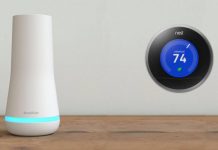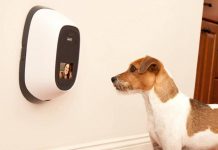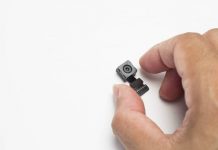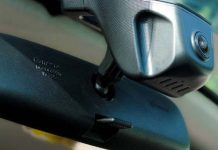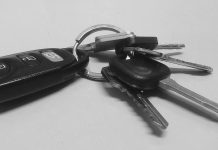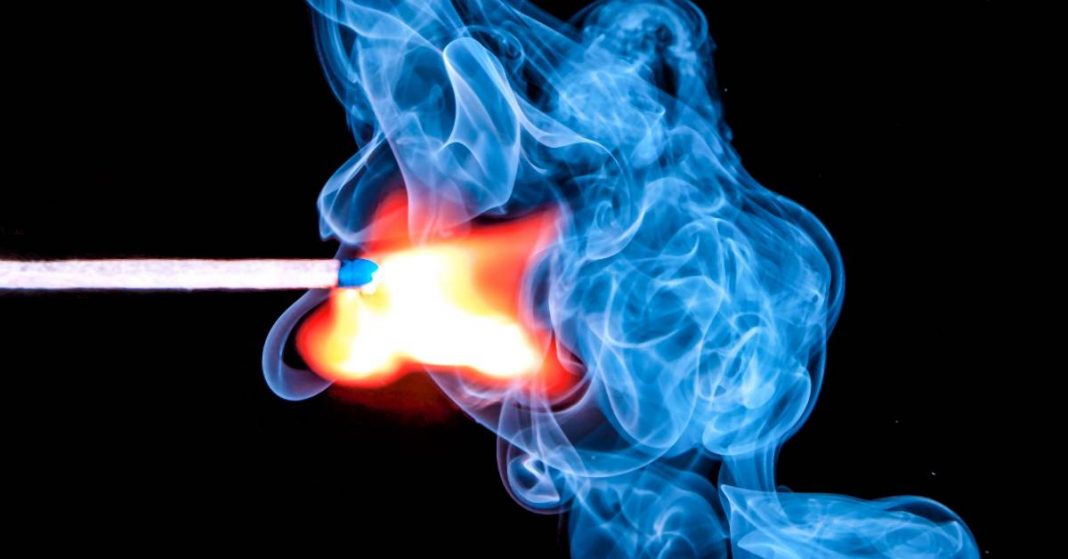UPDATED December 11, 2021 This piece has been updated to reflect the emergence of new technology


Christian Mathews Security Writer
Smoke alarms are a safety necessity and sometimes a mandatory part of safety regulations, a building’s must-have. Good smoke detectors do what they’re supposed to do best. That is detecting any incidence of fire early and alarm you well beforehand so that you can get to safety at the right time. What causes carbon monoxide in a house, may not always be linked to fires either.
Simple as it might sound, finding the best smoke detector may not be an easy task. There are many types of smoke detectors available. Each one with its pros and cons. We’ll be explaining the differences along with other considerations to make when looking for a smoke detector for your home.
1Types Of Smoke Detectors: Which Smokes Alarm Are Best
When you are selecting a fire alarm, the cost may not be a good indicative measure of quality and usability. There are cheaper smoke detectors that will work where a more expensive one might fail. Be sure to understand the difference between a smoke alarm and a carbon monoxide detector, along with which carbon monoxide detector is best for your home.
Understanding which type of smoke detector will work well with a particular environment is necessary to make the right decision.
Ionization
Ionization smoke detectors work by detecting any particle that might disrupt an electric imbalance. The detector contains two electrodes, each ionized with positive and negative ions. They work by establishing a fine balance of charges that creates a small current.
Smoke particles rise to the detector and disrupt the current, which receives it as a signal to the IC and triggers the alarm.
While this works great for dustier rooms like smoke rooms and bathrooms, it is a bad candidate for kitchens.
Pros:
- Sensitive to small particles
- More effective than optical alarms in detecting flaming stage
Cons:
- Can cause false alarms if installed near cooking areas.
Photoelectric (Optical)
Optical fire alarms are called photoelectric alarms and work with the help of LED light beams. These detectors pulsate an infrared light beam periodically across the chamber to detect any smoke particles.
Smoke enters the detector, the light beam is scattered and falls upon a light-sensitive photodiode receptor. This then sends the signs to trigger the alarm sound. Unlike ionization detectors, photodetectors cannot detect fine smoke particles.
They can detect larger smoke particles from slow smoldering fires. Hence, they are more suitable for installation near kitchen areas, bedrooms, landings, and hallways.
Pros:
- Detects slow shouldering fires
- Give lesser false positives from cooking
Cons:
- Not suitable for installation in steamy or dusty areas like saunas, lofts, and bathroom landings.
Dual-combination
Dual combination detectors contain both an ionization sensor as well as a photoelectric sensor for maximum accuracy. They can be a good option for any room. The exception would be for kitchens or cooking areas, as ionization sensors are prone to false positives in such locations.
Pros:
- Can detect both small and large smoke particles.
- Better early detection during the smoldering phase when plastics and other materials are shouldering before bursting into flames.
Cons:
- May produce false-positive alarms if installed near the kitchen or cooking areas.
Other Types
There are two less commonly used smoke detector types. These detectors have a specialized purpose and are used for a certain environment only.
Carbon monoxide
If you have a heating system that uses a ducted gas heater a carbon monoxide detector could come in handy. These detectors help detect any carbon monoxide leaks. Additionally, it will sound an alarm so you can safeguard yourself before CO level reaches dangerous levels.
Heat sensor
Since ionization alarms don’t work well in kitchens, you can try installing heat alarms as another alternative besides photoelectric sensors. Heat detectors work by sensing the overall temperature of the room rather than the smoke. This can help avoid any false positives from a cooking area.
Remember that the above two types of special use detectors only. You must still install a standard smoke detector along with these for better protection.
2Things To Look For In A Detector
Before you get any fire alarm/smoke detector, make sure it has passed the necessary safety checks. It is additionally important that it has the relevant product certifications. Here are some common features you can consider too.
Wired Vs. Battery
Check if the fire alarm gets its power source from batteries or wired electric input. Batteries are always a better choice as alarms can function even in the event of a power failure. Get an alarm with a good battery life of up to 10 years. That way you don’t have to go through the hassle of charging it as frequently.
Test Button
The test button provides a way for you to check whether the alarm works or not. Models are tested by flashing light on them or by a remote control that emits IR rays (TV, AV remote controls). This type of feature can avoid having to reach up to the ceiling to test the alarm.
Hush Button
A hush button is required in case of false positives. It allows you to snooze the alarm for a while and prevent any nuisance alarms in case of harmless smoke. For instance, you could have burnt your toast or lit up a big candle for the birthday cake.
Battery Test
Knowing when exactly to replace batteries of your safety alarms would be a good way to avoid any mishaps in the future. Most detectors provide a self-monitoring feature to warn you when the battery needs to be charged or replaced.
Escape Light
An escape light provides the route to safety in case of a power failure.
Smart Home / App Integration
There is a new class of smart detectors that can integrate with your home systems and smart devices. This is great for better convenience and functionality. Some smart alarms may even collect data and use it for accurate detection, such as differentiating between steam and smoke.
3Your Turn
As you can see, finding which smoke alarms are best boils down to the type and features you wish to go for. Once you have the desired detector, ensure you know where to install the smoke detector. Understand your requirements well and make an educated decision.









